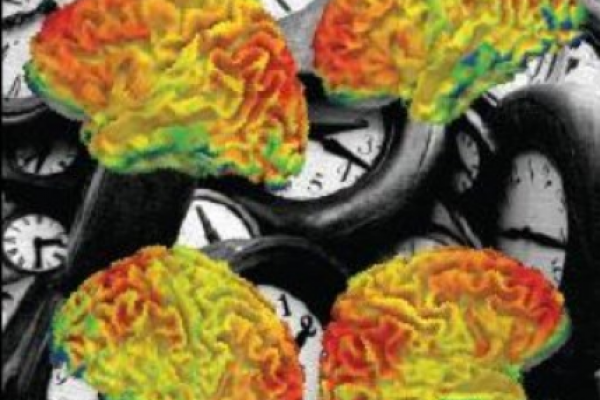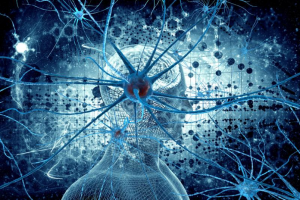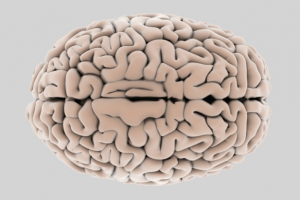Brain clock ticks differently in autism
The neural 'time windows' in certain small brain areas contribute to the complex cognitive symptoms of autism, new research suggests.
The neural 'time windows' in certain small brain areas contribute to the complex cognitive symptoms of autism, new research suggests. In a brain imaging study of adults, the severity of autistic symptoms was linked to how long these brain areas stored information. The differences in neural timescales may underlie features of autism like hypersensitivity and could be useful as a future diagnostic tool.
Sensory areas of the brain that receive input from the eyes, skin and muscles usually have shorter processing periods compared with higher-order areas that integrate information and control memory and decision-making. The new study shows that this hierarchy of intrinsic neural timescales is disrupted in autism. Atypical information processing in the brain is thought to underlie the repetitive behaviors and socio-communicational difficulties seen across the spectrum of autistic neurodevelopmental disorders (ASD), but this is one of the first indications that small-scale temporal dynamics could have an outsized effect.
Continue reading here.





Related Posts